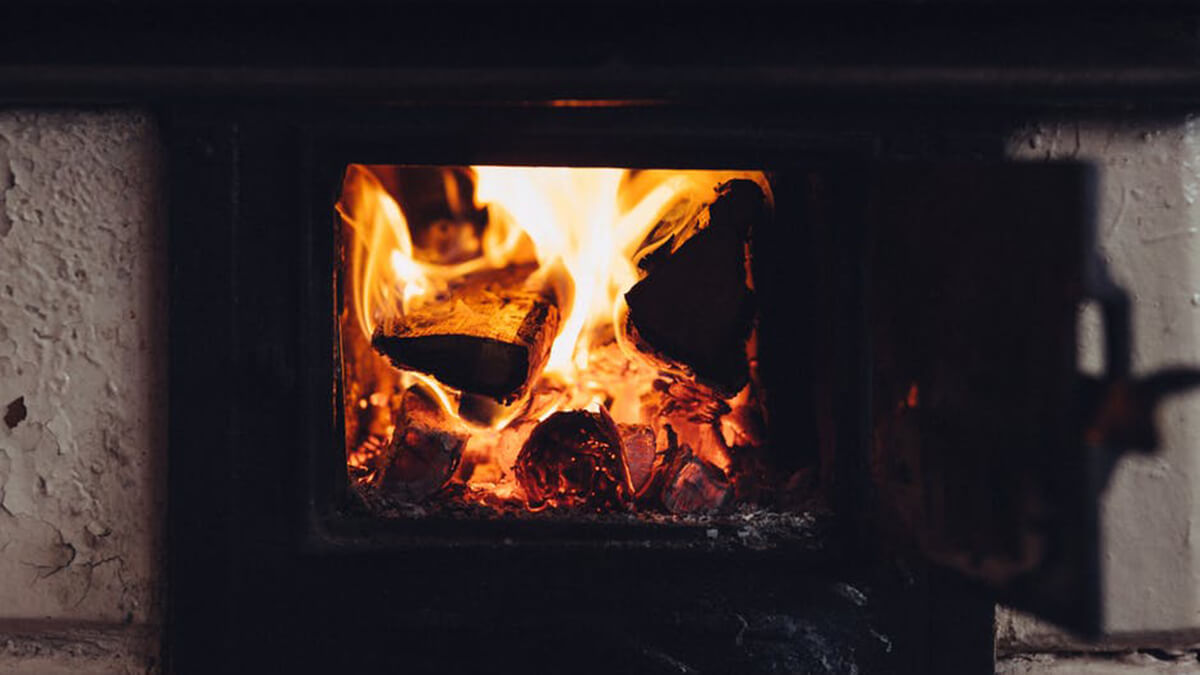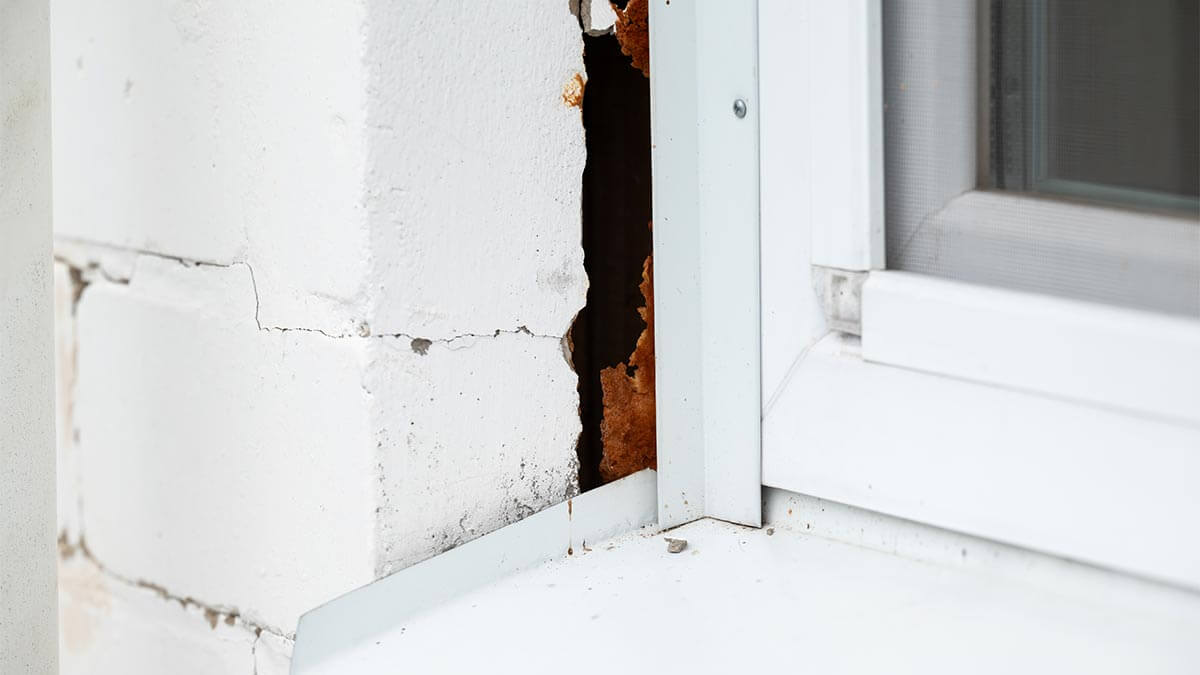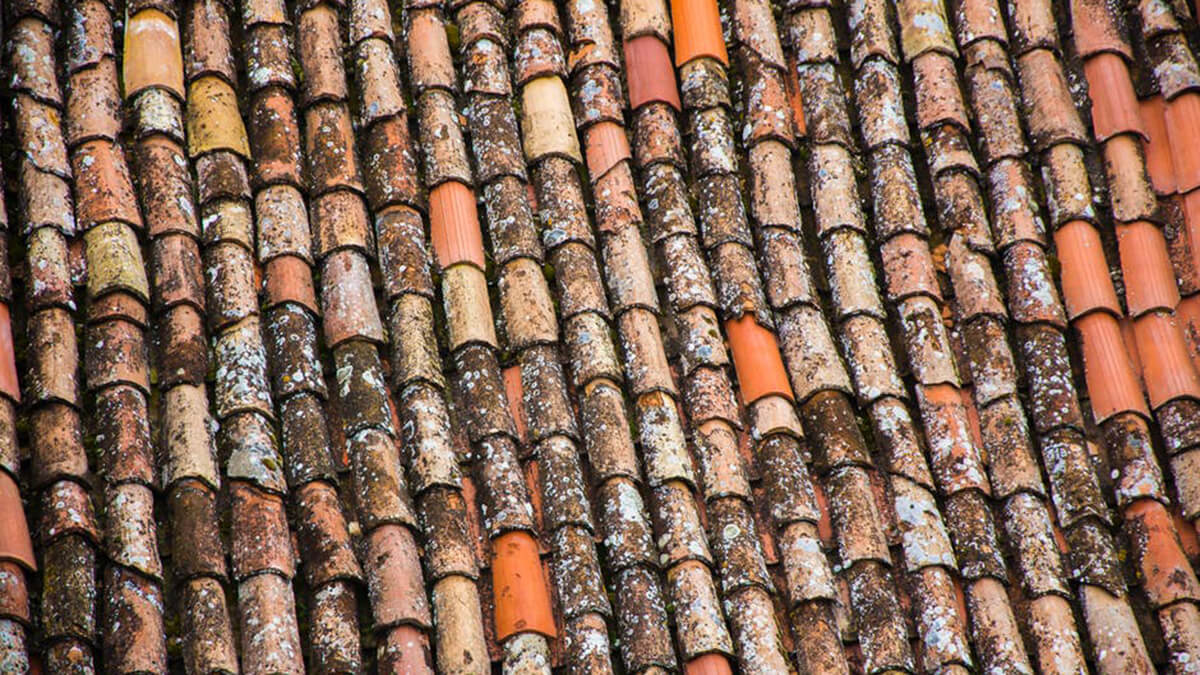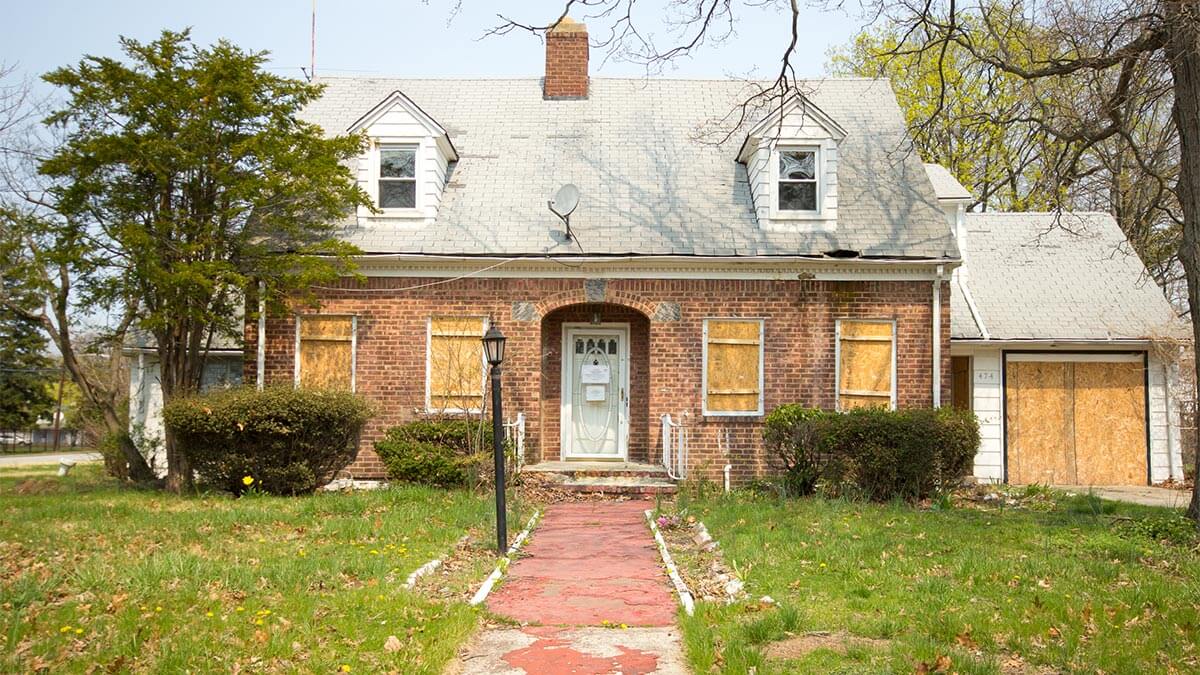According to MarketWatch, chimneys are starting to become a relic of the past. A survey of the real-estate website Trulia discovered that fewer than 0.5 out of every 1,000 home listings built in the 2010s mentioned having a chimney. It is most common to find chimneys in homes that were built before the 1900s.
While chimneys might be going out of fashion with new home builders, many homebuyers love the idea of cozying up by the fire on a brisk night. Heating your home with wood, at least partially, can be a wonderful pastime and create a special vibe in the home that simply can’t be replaced by other heating methods.
If you choose to buy a home with a chimney, though, regular maintenance is necessary to ensure that it is safe for operation. You’ll want to factor this into your annual home maintenance budget.
How much does a chimney inspection cost, exactly? Let’s take a look at what you need to know.
Compare Cash Offers from Top Home Buyers. Delivered by Your Local iBuyer Certified Specialist.
One Expert, Multiple Offers, No Obligation.
How much does a chimney inspection cost?
Generally, a chimney inspection will cost you between $165 and $2,035, or a national average of $435. Routine inspections can be as low as $90, while an inspection to assess major structural damages could set you back as much as $5,000.
- The sides of the chimney
- The level of chimney inspection necessary
- How often the chimney accused
- The number of flues
- The ease of accessibility
When you have a chimney, it requires regular maintenance. This includes inspection and cleaning to make sure that the chimney is safe for use. It can be dangerous to operate a dirty or damaged chimney and repairing chimneys can be both expensive and complicated.
The level of inspection you receive will impact the price. The typical range for a Level 1 inspection is between $95 and $950. The range for a Level 2 inspection is between $185 and $1,000.
A Level 3 inspection can cost between $500 and $5,000. We’ll take a look at what each of these inspection levels means later in the article.
(Are you selling your house but aren’t sure what is meant by the term “counter offer”? Take a look at this article to learn more.)
What is a chimney inspection?
A chimney inspection is when the performance of a fireplace and chimney is examined and assessed. Inspectors are certified by the Chimney Safety Institute of America (CSIA). These inspectors are tasked with ensuring that chimneys comply with the National Code of Standards issued by the National Fire Protection Association (NFPA).
When you get your chimney inspected and cleaned on a regular basis, it can help to reduce the risk of harmful incidents like carbon monoxide intrusion and chimney fires in the home. A chimney fire occurs when creosote that has built up in your chimney combusts.
There are a number of different conditions that can lead to a chimney fire. These include restricted air supply, burning unseasoned wood, cooler than normal chimney temperatures, and overloading the firebox.
The types of chimney inspections
There are three levels of chimney inspection that have been categorized by the CSIA. These standard chimney inspection levels are used by most professionals in the industry.
Level 1
It is typical for chimney cleaners to offer a Level 1 inspection along with routine cleaning services. It is recommended that you have a Level One inspection and routine sweeping once a year as a part of the regular maintenance of your chimney.
It is common for homeowners to schedule this service as they get ready to use their fireplace in the colder months.
This level of inspection involves a visual examination of your chimney’s readily accessible portions. This includes the exterior, interior, and other associated appliances. During this process, the basic soundness of these structures is verified as well as proper connections and installation.
Chimney cleaning ensures that the chimney is free from combustible deposits and obstructions. When your chimney was found to be in good working order since its last service and its conditions haven’t changed, this is typically the recommended level of service.
Level 2
This is a more in-depth physical inspection of the chimney in addition to the services in a Level 1 inspection. In this process, a scope or camera is used to take a look at parts of the chimney that aren’t typically visible.
With a Level 2 inspection, additional areas are surveyed. These include parts of the chimney exterior and interior that can only be seen by scope as well as the joints and internal surfaces of the chimney’s flues. It also takes a look at other parts of the home that might be impacted by the use of your chimney, including the basement, crawlspace, or attic.
This level of service is recommended in a number of different circumstances, including:
- If there have been any updates or changes that have been made to the chimney system
- When a property with a chimney is changing hands
- If the home has experienced weather or seismic events that could have damaged the chimney
- If there has been a chimney fire or other malfunction
It isn’t required to get a Level 2 inspection for a chimney as a part of the home buying process in any U.S. state. However, it is recommended.
Level 3
This level of inspection includes all of the services of a Level 1 and Level 2 inspection in addition to more invasive services. An inspector will call up specialty demolition equipment and tools in order to open any panels, doors, and coverings that are a part of the chimney. It’s possible that, in order to locate issues, they will need to remove permanent portions of the chimney’s construction and home structure.
This most thorough level of inspection is recommended in two circumstances. The first is if there are serious hazards suspected, such as there being damage to the flue liner or chimney structure. The second is if a Level 1 or Level 2 inspection suggests that there is a hazard hidden for which special tools or demolition are necessary.
Is a fireplace and chimney inspection necessary?
It is all too easy to fall behind on fireplace and chimney maintenance. However, putting this task on the back burner can be quite dangerous.
The most important reason to get your chimney cleaned annually is safety. The second most common cause of home fire fatalities is heating equipment like chimneys. When you don’t clean out your chimney regularly, creosote can build up in your chimney.
Creosote is a residue left over from gases, smoke, and particles from the fires you have burned. This is an extremely flammable material and it can lead to chimney fires.
There is also a risk of carbon monoxide poisoning if you don’t have your chimney cleaned and inspected annually. Regular maintenance can also help you avoid the cost of expensive repairs. For example, if creosote is allowed to buildup, it will be more difficult for a chimney sweep to remove and might eventually require an expensive replacement of the chimney liner.
How often should you get a chimney inspection done?
Both the NFPA and the CSIA recommend that you have your chimney inspected once a year. This will help to keep your family and home safe from potential issues with your system.
If you’re concerned about “how much is a chimney inspection?” it’s important to understand that you will likely save money in the long run when you follow a regular maintenance schedule for your chimney.
A few hundred dollars a year for an inspection can ensure that you don’t have to undergo a much more expensive repair in the future.
(Are you wondering how to add value to your home so you can snag a higher sale price when it comes time to sell? Take a look at this handy guide.)
Chimney inspections: A necessary part of the fireplace and woodstove ownership
If you’re dreaming of curling up by the fire with a good book and a cup of cocoa, you’ll want to make sure you schedule a chimney inspection and cleaning every year. Now that you know the answer to “how much does a chimney inspection cost?” it can help you determine whether you think the annual cost is worth all of the lovely memories you’ll build warming up by the fire.
Are you ready to sell your home but are feeling stressed about it? Are you not looking forward to the long, drawn-out, headache-inducing process? If so, you might want to consider selling your home to an iBuyer.
When you sell to a trusted iBuyer, you don’t have to deal with making repairs, having showings, or waiting for the buyers to receive financing. If you’re ready to get your no-obligation cash offer, check out our home valuation tool here.




